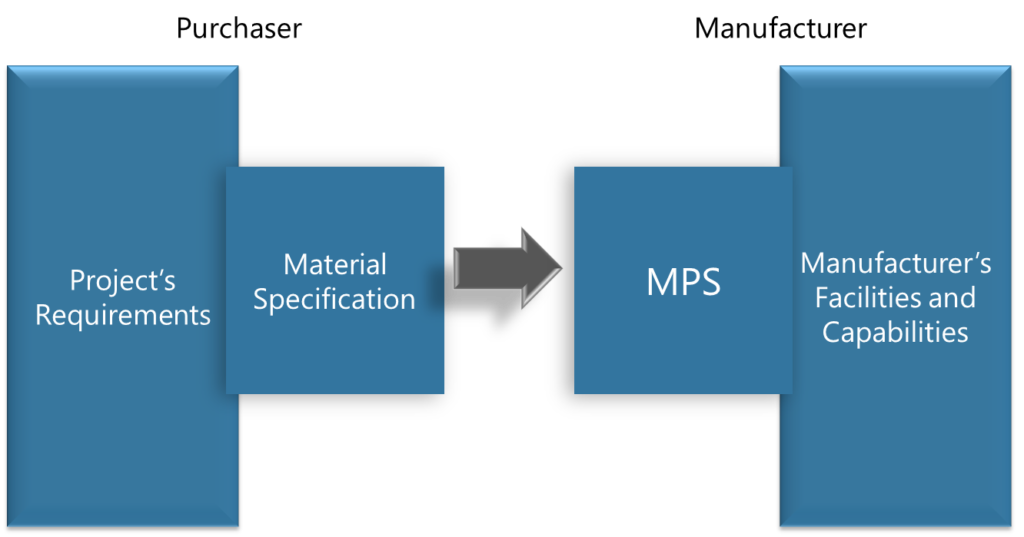Using an MPS to Procure Materials with Confidence
Jeffrey O’Donnell, Ph.D.
Material Energies LLC, Houston, TX, USA
Several years ago, an executive for a global EPC company reviewed their Cost of Non-Quality data and observed that the number of issues categorized as “Materials-related” was relatively small; however, the cost was substantially high. Procurement issues, in general, can be costly when they are not identified and rectified early; unfortunately, this is often the case for Materials-related issues. Specified requirements for material properties, such as strength, toughness, and weldability, are difficult to verify until later. Moreover, it’s common in the energy and offshore industries to have new designs, materials, processes, or more demanding conditions; these lead to non-standard material requirements, further challenging procurement. In my experience, when a manufacturing procedure specification (MPS) is implemented well by both the purchaser and the manufacturer, it’s easier to identify materials issues early, and the project proceeds more confidently.

Figure 1 illustrates a notional procurement framework for material products such as steel plates, pipe, forgings, castings, fasteners, induction bends, etc. The Material Specification is tightly coupled to the Project Requirements. However, it is necessarily loosely coupled to manufacturing since it is used for tendering and must be relevant to multiple manufacturers. The MPS improves the interface between the Purchaser and Manufacturer by documenting a description of how the manufacturer will satisfy the specified requirements. Drafted by the manufacturer, the MPS lists and explains every principal step in manufacturing. Each step includes the measurable parameters (i.e., essential variables) that impact the properties, quality, consistency, and acceptability of the final product and the acceptance range of each. This enables the MPS to serve as the basis for qualifying the manufacturing procedure and developing the Inspection and Test Plan (ITP), as illustrated in Figure 2.

Before manufacturing starts, the purchaser and manufacturer should review the MPS together and reach a consensus that the MPS addresses all specified requirements. I was the Materials Lead for a fast-track, high-profile project that went smoothly, although risk was present. Several forged steel components were needed for a deep-water development, and the manufacturer proposed obtaining forgings from a mill unfamiliar to the purchaser. The forging specification included some custom requirements since they were used for fatigue-critical welds in corrosive environments. Furthermore, portions of the forgings were relatively thick, and specified strength, toughness, and weldability were needed through the section thickness. The project timeline could not accommodate rejecting forgings that did not satisfy the specification. The purchaser and the manufacturer had several conversations before the MPS was approved. The conversations concentrated on the project’s requirements and the manufacturer’s experience with similar requirements. We identified the controls that enabled success and contingency measures to address risks for all manufacturing steps, from raw material, hot working, heat treatment, machining, to testing and inspection. Through the conversations, the manufacturer established a good understanding of the specified requirements, and the purchaser established a good understanding of the manufacturing process. As a result, the manufacturer and purchaser communicated when an issue arose that could have presented production delays. A solution was agreed upon and implemented promptly, smoothly, and confidently.
Materials-related issues can be costly and painful. Being prepared to identify and rectify problems early is key to success. Implementing an MPS can substantially reduce risk and improve confidence for projects involving non-standard material requirements, or that cannot afford to reject and remake material products that don’t meet specified requirements.
